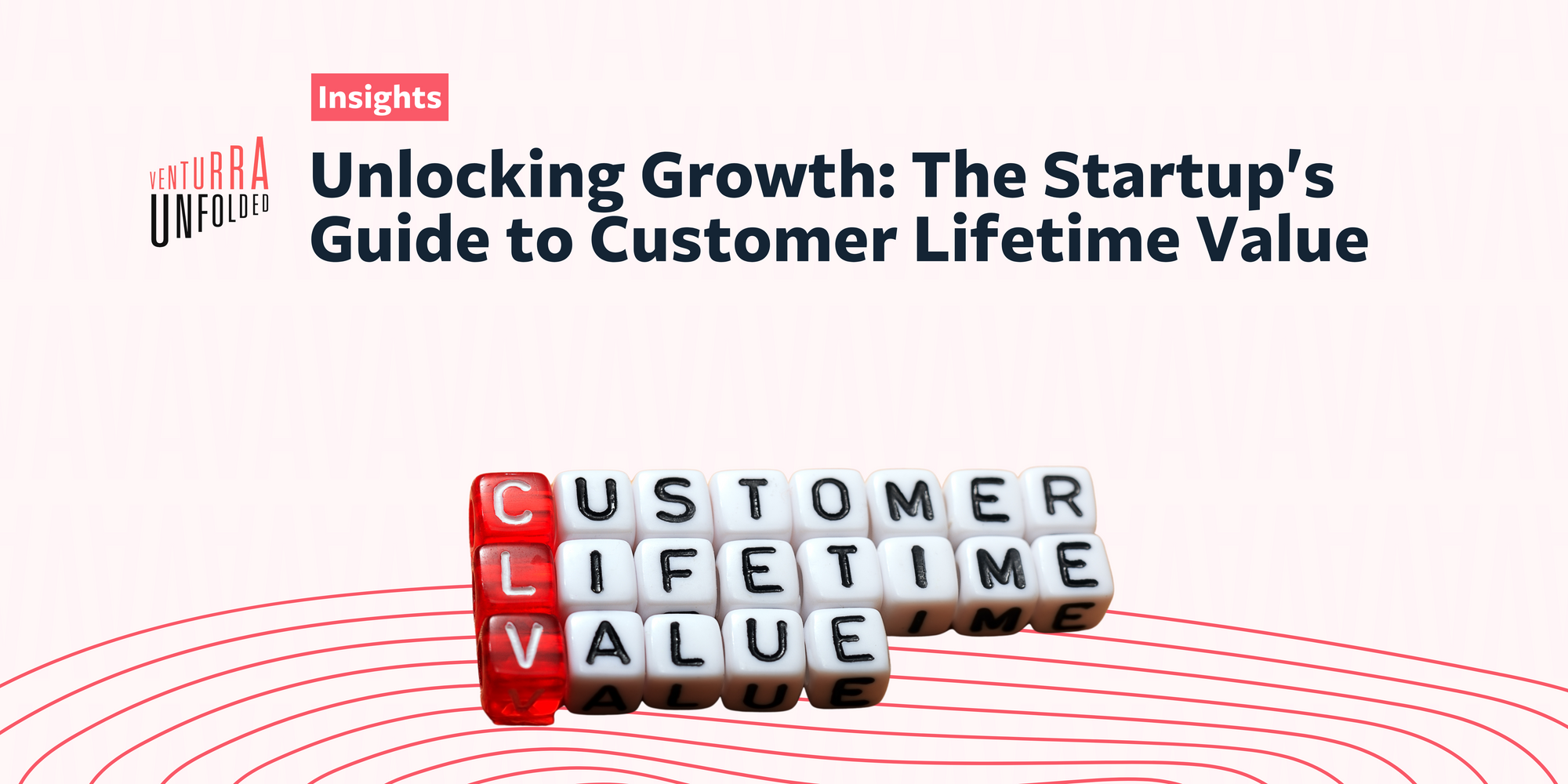Unlocking Growth: The Startup's Guide to Customer Lifetime Value

Picture this: you're a captain at the helm of a promising startup, steering your ship into uncharted waters of opportunity. As the wind of innovation propels you forward, there's a compass that holds the key to your long-term success—an often-underestimated metric known as Customer Lifetime Value (CLV). If your startup's journey were a story, CLV would be the protagonist, driving growth, shaping strategies, and defining relationships. In this guide, we set sail on a voyage to unlock the treasure chest that is CLV. From deciphering its significance to unveiling strategies tailored to startups, prepare to equip your entrepreneurial vessel with the insights needed to navigate toward sustained growth.
What is Customer Lifetime Value?
Customer Lifetime Value (CLV) is a critical metric in business that quantifies the total value a customer brings to a company over the entire duration of their relationship with that company. It takes into account all transactions and interactions a customer has with a business, from their initial purchase to their ongoing engagement, and calculates the revenue they generate for the company during this entire period.
CLV is a valuable measure because it goes beyond focusing solely on the initial transaction value and considers the long-term impact of customer relationships on a company's profitability and growth. It helps businesses understand the financial worth of acquiring and retaining customers, as well as the potential return on investment associated with marketing and customer engagement efforts.
How do you Calculate Customer Lifetime Value?
Calculating Customer Lifetime Value (CLV) involves quantifying the total value a customer brings to your business over the entire duration of their engagement with your products or services. This value encompasses not only the initial purchase but also subsequent purchases and their overall impact on your business's revenue and profitability. Here's a step-by-step guide on how to calculate CLV:
Step 1: Gather Essential Data
Collect the following data:
- Average purchase value: The average amount a customer spends per transaction.
- Purchase frequency: How often, on average, a customer makes a purchase within a given timeframe (e.g., per month).
- Customer lifespan: The length of time a customer remains engaged with your business.
Step 2: Calculate Average Customer Value
Calculate the average value of a customer's purchases during their entire engagement with your business:
Average Customer Value = Average Purchase Value × Purchase FrequencyStep 3: Calculate Customer Lifespan
Determine the average duration of time a customer stays engaged with your business. This could be measured in months, years, or any relevant time unit.
Step 4: Calculate Customer Lifetime ValueNow, multiply the average customer value by the customer's lifespan to obtain the CLV:
Customer Lifetime Value = Average Customer Value × Customer LifespanStep 5: Incorporate Customer Acquisition Costs (Optional)
For a more accurate representation of the net value a customer brings, you can factor in the cost of acquiring that customer. This would be the total cost of marketing, advertising, sales efforts, etc., that led to the customer's acquisition.
Example Calculation: Let's say your average purchase value is $50, your purchase frequency is 2 times per month, and your average customer lifespan is 3 years. Additionally, let's assume your customer acquisition cost is $100.
- Average Customer Value = $50 × 2 = $100
- Customer Lifetime Value = $100 × 36 months (3 years) = $3,600
If you incorporate the customer acquisition cost:
- CLV with Acquisition Cost = $3,600 - $100 = $3,500
Remember that CLV is a dynamic metric that can vary based on industry, customer behavior, and economic conditions. Regularly revisiting and refining your CLV calculations will provide a clearer understanding of your customer relationships and the potential for business growth.
Elevating CLV Through a Symphony of Micro-Interactions
When we think of Customer Lifetime Value, we often focus on monumental customer milestones—the first purchase, the annual subscription renewal, and the celebratory fifth year of partnership. But what if we told you that the symphony of smaller interactions, those fleeting moments that weave throughout the customer journey, holds the potential to orchestrate unparalleled growth? Welcome to the world of "Micro-Interactions." These seemingly minor touchpoints—quick chats with customer support, personalized product recommendations, or even a heartfelt thank-you note—can collectively compose a powerful score of customer loyalty and CLV elevation. We'll delve into how startups can strategically craft these micro-interactions to create lasting impressions that resonate far beyond their initial encounter.
Data Alchemy: Transforming Insights into CLV Gold
Imagine your startup as a modern-day alchemist, turning raw data into the gold of Customer Lifetime Value. This magical transformation is more than a metaphor—it's a reality rooted in data-driven decision-making. From website analytics to social media engagement, every click, comment, and conversion holds a clue about your customers' preferences and behaviors. In this article, we'll guide you through the process of data alchemy, revealing how to distill insights from the data deluge and translate them into actionable strategies that enhance CLV. Prepare to don your analytical cape and uncover the secrets hidden within your startup's data mines.
Designing Delight: The UX Path to Extended Customer Lifecycles
In the modern startup landscape, user experience (UX) isn't just a buzzword—it's a gateway to unlocking sustained growth through CLV. Imagine your product or service as a theater stage, and your customers as the captivated audience. Every aspect of their interaction with your startup—interface design, ease of navigation, and even loading times—contributes to the overall experience. This article shines a spotlight on how startups can infuse delight into every corner of the user journey, creating an immersive experience that fosters loyalty, referrals, and the ever-elusive prolonged customer lifecycle.
Conclusion
As the tide of entrepreneurial opportunity propels your startup forward, never underestimate the significance of Customer Lifetime Value. It's not just a metric—it's a treasure map, guiding you toward a destination of sustained growth, resilient relationships, and impactful innovation. By understanding the symphony of micro-interactions, mastering the art of data alchemy, and crafting experiences that resonate, you equip your startup to chart a course toward a horizon rich with possibilities. Remember, the journey is as valuable as the destination, and the insights gained along the way will shape the legacy your startup leaves behind.

